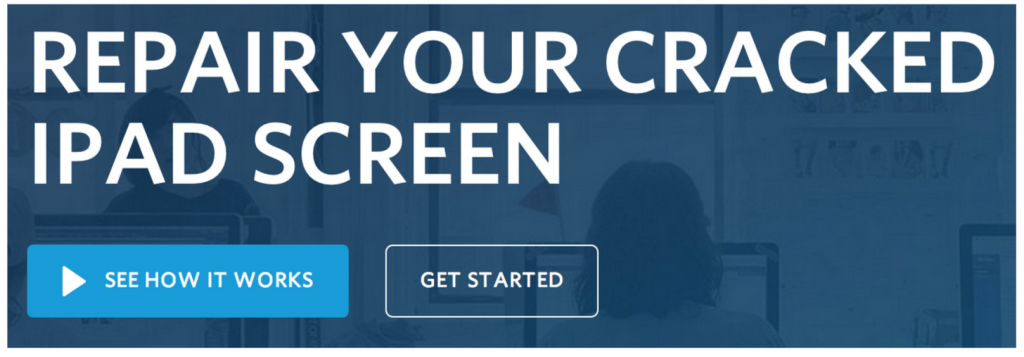Ideas are cheap.
“How about a smart belt that tracks your waistline over time?”
“How about an app that turns children’s drawings into picture books?”
“How about an Uber for foot massages?”
Turning ideas into real products on the other hand takes time and money – two things as a startup you probably don’t have much of.
A painful example – a while back I worked on an IM app for families, a safe way for kids and their grandparents to chat. After months of hard work it launched – and failed to get traction.
We had spent precious time on an idea interesting on paper, but not in practice.
“The only thing that matters is product/market fit”
As Marc Andreesen famously wrote, market need is more important to early startup success than team or even product. So before you go out and start coding, here are 5 fast ways to test your startup idea is even worth pursuing in the first place-
#1 – Are people interested? Check with Google and Facebook
There are some great free tools that can help you gauge interest in a category in order to start a business.
For example – Google trends tells us organic food is declining in search volume, whereas vegan food is on the rise:

Digging into the details, the Google keyword tool tells us there are a high number of searches in the US for vegan seitan, tofu and more (lot of healthy hungry eaters out there!), yet according to Google there is low advertiser competition – that is, less people bidding to appear with those keywords. A low advertiser competition can sometimes signal potential – a consumer demand with little competition from suppliers.

And using Facebook’s free ad manager can tell you size of demographic segments, for example those between 21 and 55 years old in the US who are interested in Wellness related topics (64 million people).

#2 Ambush focus groups
There is no substitute for talking to real users, but it’s easier said than done.
Before starting your startup you need feedback so you can validate the idea. But friends rarely give you honest/negative feedback and response rates for unsolicited emails are abysmally low.
However it’s easy to speak to potential users – go to a place there are a lot of them in one place, waiting.
I’ve had good success testing new mobile game concepts at the airport, where people are waiting for flights, and often welcome someone to talk to (albeit about a product). Particularly for consumer services, this approach can work great.
Coffee shops, DMV, there are plenty of options, and it’s a good place to develop a thick skin (you’ll need it in your startup)
#3 Put up a simple landing page and A/B test the message
It takes literally takes under an hour to register a domain, buy a landing page template and customize it so it looks like a real service. Once it’s up you can then integrate an A/B testing service like Optimizely or VisualWebsiteOptimizer (they both are great products with free trials) and create variations of the messaging or title.
For example-

vs

You can then submit the site to various forums or on social media (Product Hunt, Hacker News etc) asking for feedback, and see which proposition results in the most interest and activity on the site, as measured by click rates on the call to action buttons.
This A/B testing can help you test different concepts and messaging in parallel, and see out of them which has the most potential to consider moving forward with.
#4 Compare what’s out there today
Many startups are so enamoured with their idea they forget to check what’s out there already (or has been tried before). I’ve met new entrepreneurs planning to build a local event platforms but hadn’t researched prior examples like Plancast (who published a very insightful post mortem)
On the flipside, new opportunities can be found by looking at bad experiences. Product Hunt filled a hole in the market others had overlooked – a trusted community for sharing new product launches, a need not met well in prior alternatives.
#5 “Feedback-ify” your MVP
If you’ve done all those steps and the startup idea has survived, the confidence factor is a lot higher to proceed.
Once you’ve created a minimum viable product, now matter how rough, now’s the time to get as much feedback as possible.
The best ways to do that are through statistics packages like Flurry which will tell you what is happening, and in-app / web survey tools like polljoy that will tell you why: what users think about your product.
Both of these tools are free, and the qualitative and quantitative data will start to give an answer on if your concept has legs and ready to take to the next step.
Summing up
These are a handful of fast and low cost (or free!) ways to test your startup idea. These are all ones I’ve used before that have worked well to either validate a great startup idea or figure out which ones just won’t fly. And in the startup world, giving yourself more runway and time to work on the winners is a big advantage.
Do you have any other tips and tricks to test your startup idea? I’d love to hear it, feel free to drop me a message simon@polljoy.com.











